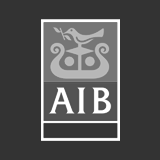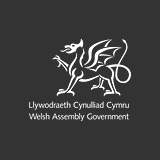The rogues behind culture change
Written by Stuart Haden on September 28, 2016
In my last posting I talked about positioning resources as the foundation of culture change initiatives. Even if a strategy and business case for embedding change has been developed it can still feel like a daunting prospect. A top down effort to shift mindsets across an organisation is no mean feat. Which is why I also recommend working bottom up with individuals and teams. Seek out a few rogues who can influence the culture change.
Back to our coaching cultures example, individuals need to be offered resources, a reference point. Before jumping straight in we also need to ensure that the ability to be coached is recognised. If coachability is well developed then you can harness the classic shift for individuals as they move from coachee to coach. Remember, you are one of the first individuals at the foot of this mountain. What resources can you access to develop your coaching prowess? How coachable are you? Who are you coaching?
Sitting between individuals and the organisation are teams. Why not work with teams who are early adopters, the ones that need it most. Now we can introduce the formal development of coaching skills. Maybe participation can lead to being part of an internal coaching group, a community for like-minded individuals. Create profiles for these coaches and agree the initiatives and individuals that they can best support. Evaluation and assessment can also start to gain momentum.
At an organisation level it is helpful to have some kind of external influence, executive coaches operating at a senior level is an obvious option. Advocates for coaching will need to be sought, role modeling the desired standards. As the coaching knowledge and wisdom is shared then states of optimal performance can more regularly be achieved. Consider developing processes so that coaching is seamless. The strategy is now well defined and integrated. Maybe supervision and continuous professional development evolve so that coaching is sustainable. Reward and accreditation might even be appropriate to value contributions and recognize sound coaching principles.
This approach to developing culture change privileges individuals’ contributions and interconnectedness. Change is not exclusively top (organisation) down or bottom (individual) up. It is both; top down, bottom up. The real chemistry takes place in the middle (team). If your coaching intentions can be sensed by external parties (customers, suppliers, friends etc) then you know you’ve moved way beyond individuals to the dizzy heights of organisation wide change.













